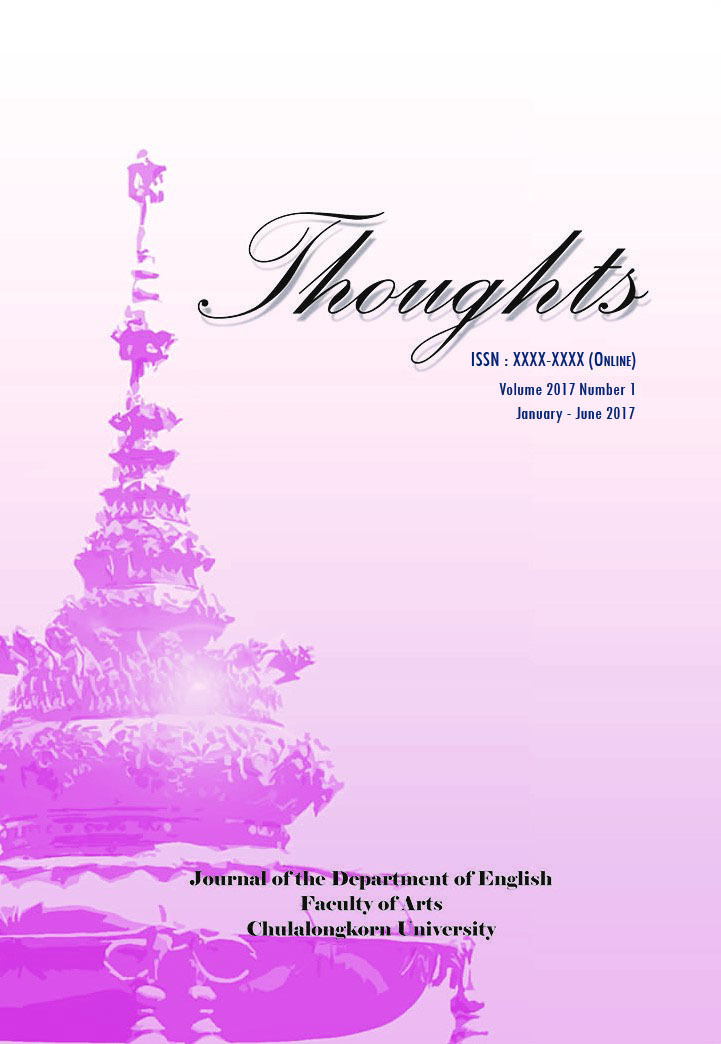How as a declarative subordinator in English
Keywords:
subordinator, complementiser, declarative complement, content clause, factivity, presuppositionAbstract
This study proposes the existence of the minor declarative subordinator how introducing content clauses that function as internal Complements inside VP alongside the declarative subordinator par excellence that. Using Huddleston and Pullum’s (2002) framework, the study suggests that this how is semantically and syntactically different from the usual adverb how functioning as an Adjunct in content clause structures. This makes clauses the subordinator how introduces genuinely declarative Complement clauses and not interrogative Complements or fused relative NPs as analysed in many grammars. Samples containing the item with a potential subordinator status are selected from corpora, and semantic and syntactic tests are applied to them. Semantically, the manner interpretations, if present at all, are weakened. The investigation shows that content clauses how introduces behave like factive Complements, definite and their content presupposed of its truth. If this subordinator has a semantic content, the study suggests it should only be the fact. Instances from corpora also reveal how-clauses to occur with verbs of saying, knowing, showing, perceiving, and also emotive factive verbs, which normally pick a declarative Complement.
References
Huddleston, R., & Geoffrey, K. P. (2002). The Cambridge grammar of the English language. Cambridge: Cambridge UP.
Lakoff, R. T. (1968). Abstract Syntax and Latin Complementation. Cambridge, MA: MIT P.
Legate, J. A. (2010). On How How is Used instead of That. Natural Language and Linguistic Theory, 28, 121-134.
López-Couso, M. J., & Méndez-Naya, B. (1996). How to Consider How: On How as a Declarative Complementiser in the History of English. In J. Pérez-Guerra, M. Marta-Dahlgren, T. Fernández-Colmeiro, & E. J. Varela-Bravo (Eds.), Precedings of the XIXth International Conference of AEDEAN (pp.347-352). Vigo: Universidade de Vigo.
Melvold, J. (1991). Factivity and Definiteness. In L. S. Cheng & H. Demidache (Eds.), More Papers on WH-Movement: MIT Working in Linguistics 15 (pp.98-117). Cambridge, MA: MIT P.
Nye, R. (2011). Complementiser-like how clauses – distribution, extraction, factivity. GIST3: Cartographic Structures and Beyond. Retrieved from http://www.gist.ugent.be/file/246
Quirk, R., Greenbaum, S., Leech, G., & Svartvik, J. (1985). A Comprehensive Grammar of the English Language. London: Longman.
Rocchi, M. (2010). A Third If? (MA Thesis). Retrieved from https://www.era.lib.ed.ac.uk/handle/1842/5350.
Saeed, J. I. (2009). Semantics (3rd ed.). London: Blackwell.
Warner, A. (1982). Complementation in Middle English and the Methodology of Historical Syntax. London: Croom Helm.
Downloads
Published
Issue
Section
License
Copyright by the Faculty of Arts, Chulalongkorn University.
Photocopying is allowed for internal, non-commercial use only. Photocopying for other uses or for purposes other than indicated must be permitted in writing from the Faculty of Arts, Chulalongkorn University.
All views or conclusion are those of the authors of the articles and not necessarily those of the publisher or the editorial staff.


